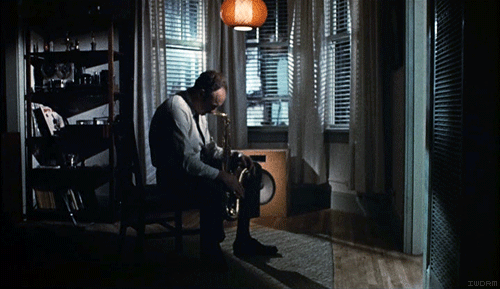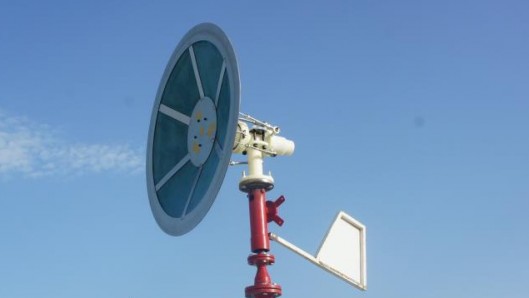Shut up and show me the demo.
I have been experimenting with using a webcam to measure an objects size, width and height.
It works by comparing the size of a user defined box to the size of a magnetic strip (which is also user defined). I tested it against a ruler and it seems accurate but obviously the larger the object the more accurate it becomes. Right now it’s setup to measure the size of a ring finger.
As this is a weekend project I published the source up on github. I haven’t decided on a license yet so for now don’t adopt it in any commercial applications but do feel free to contact me to chat about funding further development.
I use getUserMedia / Canvas to do most of the interaction between the webcam and the browser and I’m using PaperJS for drawing the boxes onto the canvas. The actual math is really simple
// Takes a scale value and tries to figure out the mm diameter of each ring
function scaleToRingSize(widthPx){
return (85.72500 / stripWidth * widthPx).toFixed(2); // 85.72500 being the width of a magnetic strip in mm
}
The fingers.js also contains code for converting ring sizes in mm to the nearest smaller ring size. IE if your ring size is 22mm it will give you a ring size in US/EU that is 22.2mm instead of 20mm.
I’m researching using Tracking.Js with some custom OpenCV maps to do better object detection, I know this is possible but right now the algos are a bit buggy and I’d need a lot of positive images to create a good training set. If I could do some object tracking in theory I could auto detect the strip / target object size and automate / realtime the whole measurement process and in theory I could do ask a server to do real time object detection, but that’s for another day..
The measurement app might not quite fit on your page, this is because it’s 800px x 600px with absolute positioning, I guess I could make it use relative positioning but right now I’m not interested.
The tool will work in all browsers that support getUserMedia which is IE11, FF 17, Chjrome 21, Safari 7 and Opera 12, iOS Safari, BBB 10, Opera Mobile 12. For more browser support queries see getUserMedia browser support. Obviously if you are still using IE then you have probably made many other poor life decisions and you are beyond my help. Obviously because I’m using JS / CSS the app will work on a mobile and desktop webcam so you can in theory measure objects whilst on the move.
I had to worry about the overheads of the large javascript fabric.js library so I decided I didn’t want the additional overheads of jQuery. It’s entirely written in JS (with obv some CSS/HTML) throw into the mix. I could probably refactor it down to just JS without too much headache and this would give site admins the ability to do something like:
<script src="measurer.js"></script>
var measure = new Measurer();
measure.create("targetDiv"); // can do it like this because getUserMedia is limited to one instance of browser/OS.
measure.on('success', function(measurement){
alert("Got a measurement of", measurement);
measure.destroy();
});
You will need a card with a magnetic strip on the back, ideally a credit card as these are guaranteed to be a universal size.
Final thoughts: None of the images are saved to a server but as you know these images are being passed through the Internet which means your ISP is sending a copy of them to the NSA. I strongly recommend against using this tool to measure any part of your anatomy.


